Think Big and Broad, but Please Make It Service-oriented
he crucial challenge of accomplishing a successful digital transformation of any business lies in the terrifying gap between the fast pace of changes in the digital environment and the complexity of business remodeling which digital transformation imposes.
Firstly, the business operation managers and employees are supposed to adapt and transform the entire business model in accordance with the ever-growing customer expectations and their newly adopted digital habits. They accept the same level of quality of the service provided, but much faster, safer and seamless, without any major disruptions.
Read: Gartner Says Marketing Strategies Are at Risk Due to Changes in Consumer Behaviors and Technology Innovation
Secondly, they need to update their systems along with the new technical requirements in terms of their hardware, software and employee education, which can turn into a long, painful and costly process.
Finally, the legal regulations with a focus on the higher level of security and privacy protection ask for adequate compliance measures and the adoption of new tools necessary for their successful implementation.
Read: GDPR Highlights Popping Out: What We Need to Do for a Successful Compliance & Cloud Governance
Thus, digital transformation asks for a carefully planned business strategy that will take into concern all stakeholders in the process and all angles that need to be covered for the optimal and successful business reorganization.
But even if you have all these angles covered, you need a clear view of the broader image of it all. In the following text, we will point out some important elements, trends and possible traps that need to be taken into consideration before building a new business model or during the process.
Tip 1 — Forget about the past
Even some company giants that seemed as if they will be eternal and stand the test of time did not survive the digital age of constant disruption. According to the 2018 statistics, only 54 companies are still on the Fortune 500 list since 1955. The age of big players on the list has radically shortened, so obviously, the old rules do not apply anymore.
The key element of this new approach to business is a service-oriented approach. You need to expand the range of services outside your traditional revenue stream and build your own ecosystem to satisfy all emerging needs.
Tip 2 — Challenge the future
Digitalization has brought us new space for important revolutions. With blockchain technology and automatization tools, the existing private and state systems are facing huge challenges:
· We need to talk about double costs
We must ask ourselves whether we’ll need a VISA, Mastercard and other existing payment models in the future, given the fact that we can now have instant mobile payments to a bank account. The future of sustainable economics is focused around the idea of avoiding high expenses and fee percentages for every single bank transaction. Couldn’t we avoid banks and their high fees altogether with a central bank in each country from which all transactions would be made?
· Are you sure about insurance?
Do we really need yet another insurance agency? Shouldn’t we use digitalization and bring the insurance coverage to the national level instead of opting for various private insurances?
· Don’t call me, I’ll call you
Telecom providers have a stronghold in our daily infrastructure by offering their network and access to data. In exchange, they often make our data vulnerable and open to various misusages. Could we employ satellites in the future and minimize their influence?
By switching on all of our senses and understanding the past, present, and future of business models, we will make the first step in shaping the company that will not only survive the current challenges of digital transformation but prosper in the future that comes ahead.
If you need consultation or advice regarding a specific niche or the type of business, we are willing to talk more and empower you with the tools to boost your service offerings and the revenue streams.




